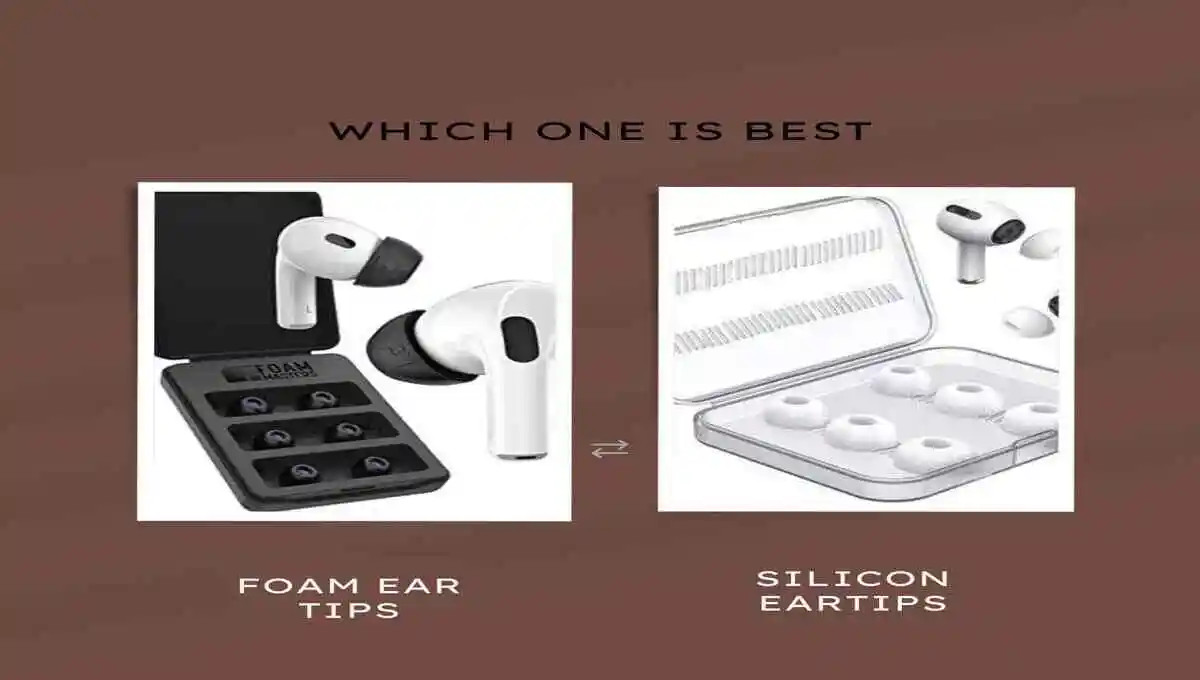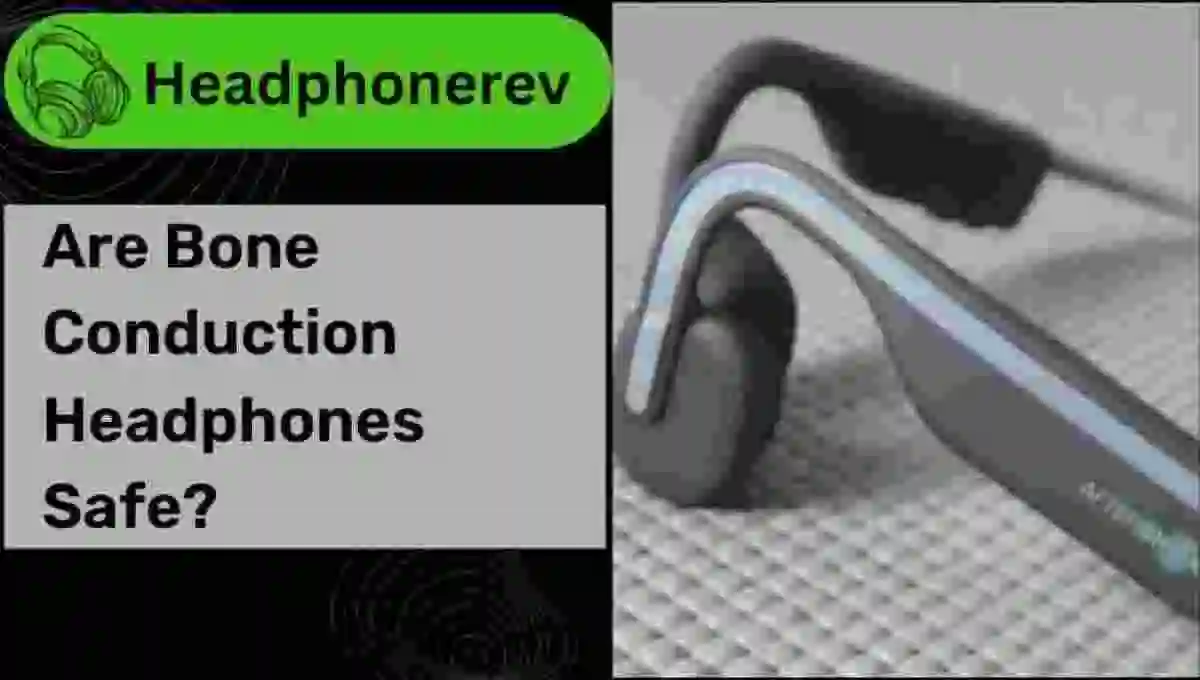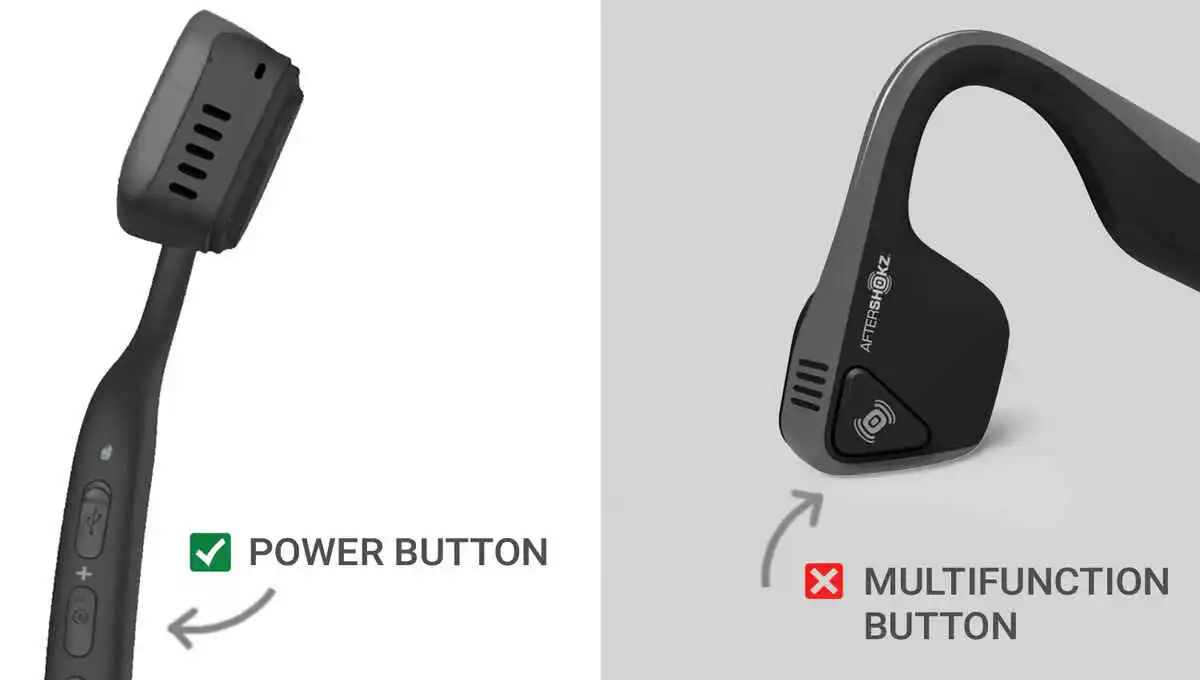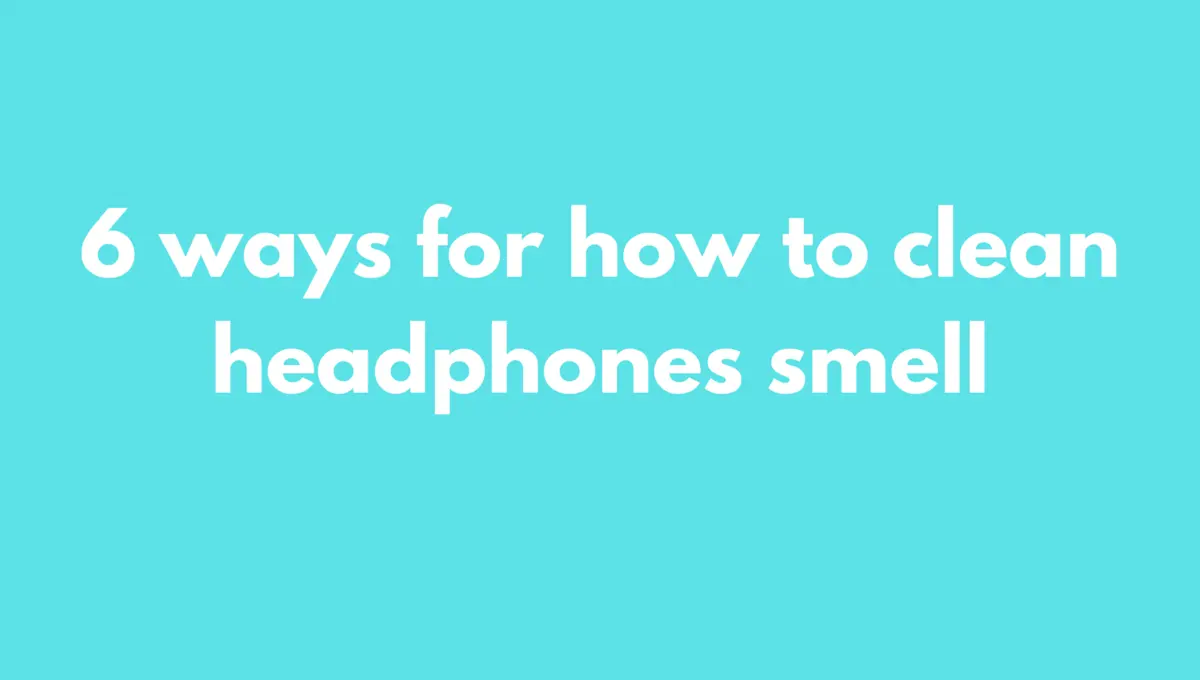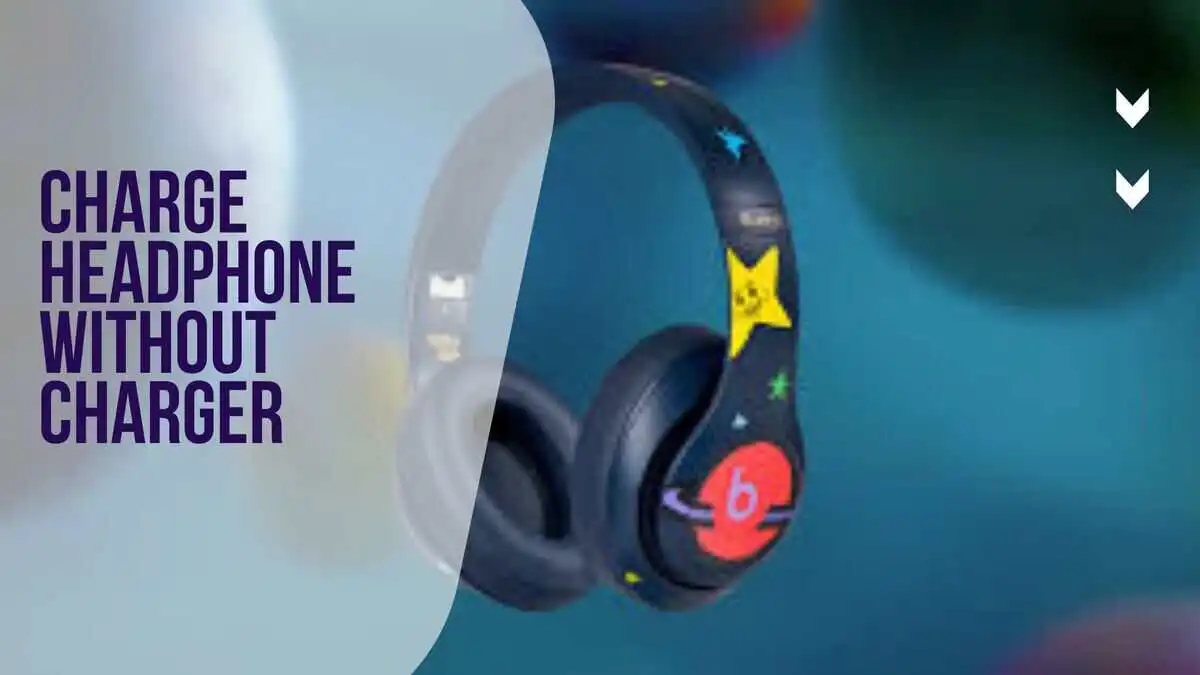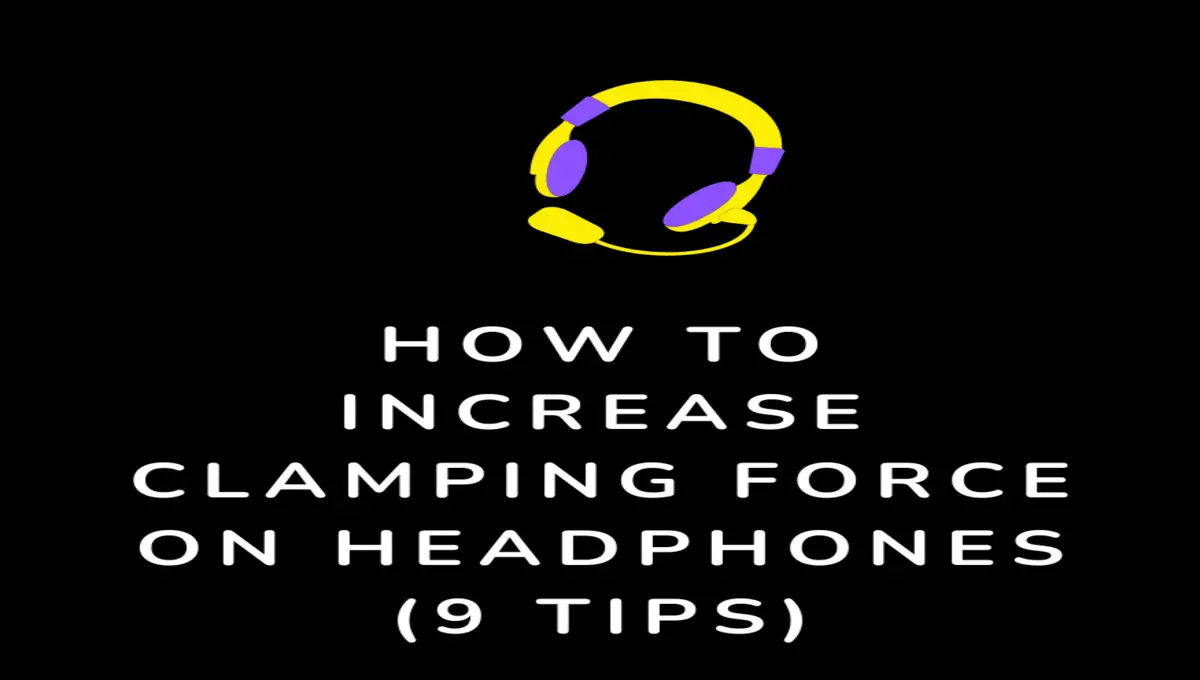This blog post will compare and contrast foam vs silicone ear tips. We will discuss in detail what is the difference between silicon tips and foam tips.
So which one should you choose for your next ear tip purchase? Read on to find out! Foam vs Silicone Ear Tips.
What is Foam Ear Tip?
Foam ear tips are a type of earbud tips used for in-ear headphones and earphones. They are made from a soft foam material that compresses when inserted into the ear canal and then expands to conform to the unique shape of the user’s ear canal.
What is Silicone Ear Tip?
Silicone ear tips are a type of earbud tips used for in-ear headphones and earphones. They are made from a soft, pliable silicone material that conforms to the shape of the user’s ear canal.
Foam vs Silicone ear tips:
The difference below is the result of our test that concluded after 2 months of their purchase.
| Characteristic | Foam Ear Tips | Silicone Ear Tips |
|---|---|---|
| Material | Made from soft, pliable foam | Made from firmer, rubber-like silicone |
| Comfort | Conform to ear canal shape for secure, comfortable fit | May be uncomfortable for sensitive ear canals |
| Noise isolation | Superior noise isolation properties | Provide some level of noise isolation |
| Durability | Can wear out after a few weeks of regular use | More durable and less likely to tear or degrade |
| Sound quality | Can enhance bass response and improve overall sound quality | May not provide same level of bass response as foam |
| Sweat resistance | Can absorb sweat and become damp or slippery | Resistant to sweat and moisture |
| Insertion and removal | May require more effort to insert and remove due to compression | Easier to insert and remove due to less compression |
| Price | Often less expensive than silicone ear tips | May be more expensive than foam ear tips |
| Compatibility | Can be compatible with a wider range of earphone models | May not be compatible with all earphone models |
| Cleaning | Can become dirty and require more frequent cleaning | Easier to clean and less likely to become dirty |
| Allergies | Can cause allergic reactions in some people | Hypoallergenic and less likely to cause allergic reactions |
| Shape retention | May lose shape over time and require replacement | Retain their shape for longer periods of time |
| Airflow | Can block airflow and cause discomfort or pressure changes | Allow for more airflow and may be more comfortable in certain situations |
| Moisture retention | Can retain moisture and promote ear infections or discomfort | Resist moisture and may be more hygienic |
| Pressure sensitivity | May cause discomfort or pain for users with pressure-sensitive ears | May be more comfortable for users with pressure-sensitive ears |
| Customization | Can be molded to the unique shape of the ear canal for a personalized fit | Do not offer as much customization for a personalized fit |
| Noise cancellation | Can improve the effectiveness of noise-cancelling earphones | May interfere with the effectiveness of noise-cancelling earphones |
| Tactile feel | Can be softer and more tactile to the touch | May be harder and less tactile to the touch |
| Insertion depth | Can be inserted deeper into the ear canal for greater noise isolation | May not be recommended for deep insertion and can cause discomfort |
| Eco-friendliness | Maybe less eco-friendly due to disposable nature; some manufacturers have started producing eco-friendly foam tips: ocean plastics | May be more eco-friendly due to longer lifespan |
| Reusability | May not be reusable and require frequent replacement | Can be reused multiple times and may be more cost-effective in the long run |
| Size options | May be available in a limited range of sizes | Can be available in a wider range of sizes for a better fit |
| Temperature sensitivity | Can become uncomfortable in extreme temperatures | More resistant to temperature changes and may be more comfortable in extreme conditions |
| Color options | May be limited in color options; gray or black | Can offer a wider range of color options including gray, black, green ,and red |
| User preference | May be preferred by some users for their unique fit and sound qualities | May be preferred by other users for their comfort and durability |
Different designs of silicon ear tips:
There are a few different designs of silicon ear tips on the market, and each has its advantages and disadvantages.
- The most common type of silicon ear tip is the mushroom-style tip, designed to provide good sound isolation and improve bass response. Mushroom-style tips are usually more expensive than other tips, but they’re also more comfortable and customizable.
- The flat-style silicon ear tip is also popular among music lovers. This type of tip provides good noise isolation and can improve bass response. Flat-style silicon tips are less expensive than mushroom-style tips, but they may offer better a sound experience than pricier options.
- Finally, the round-style silicone ear tip is the least common silicon ear tip and offers limited noise isolation and poor bass response.
Conclusion: Which ear tip is best?
There are many ear tips on the market today. Which are the best; foam tips vs silicone tips?
Foam ear tips are generally preferred for their superior noise isolation, customizable fit, and enhanced bass response. However, they may be less durable and less hygienic than silicone ear tips.
Silicone ear tips, on the other hand, offer better durability, hypoallergenic properties, and resistance to moisture, but may not provide the same level of noise isolation or customization as foam ear tips.
According to our judgment you should go for silicon ear tips because durability is much preferred over Comfort, they can also provide isolation to some extent, and they are also hygienic.
Ultimately, it comes down to your preference; both ear tips work great and provide good sound quality.
